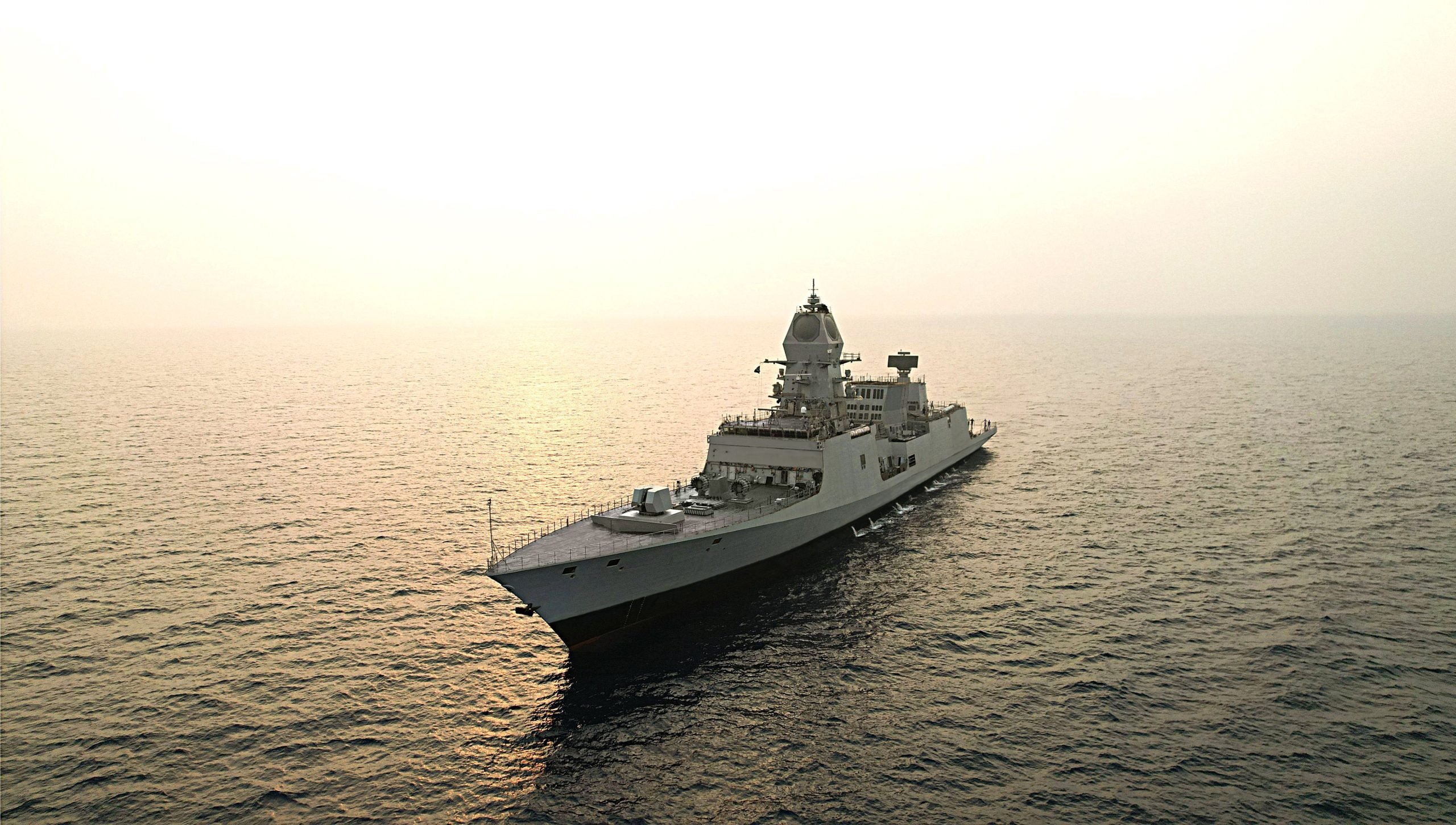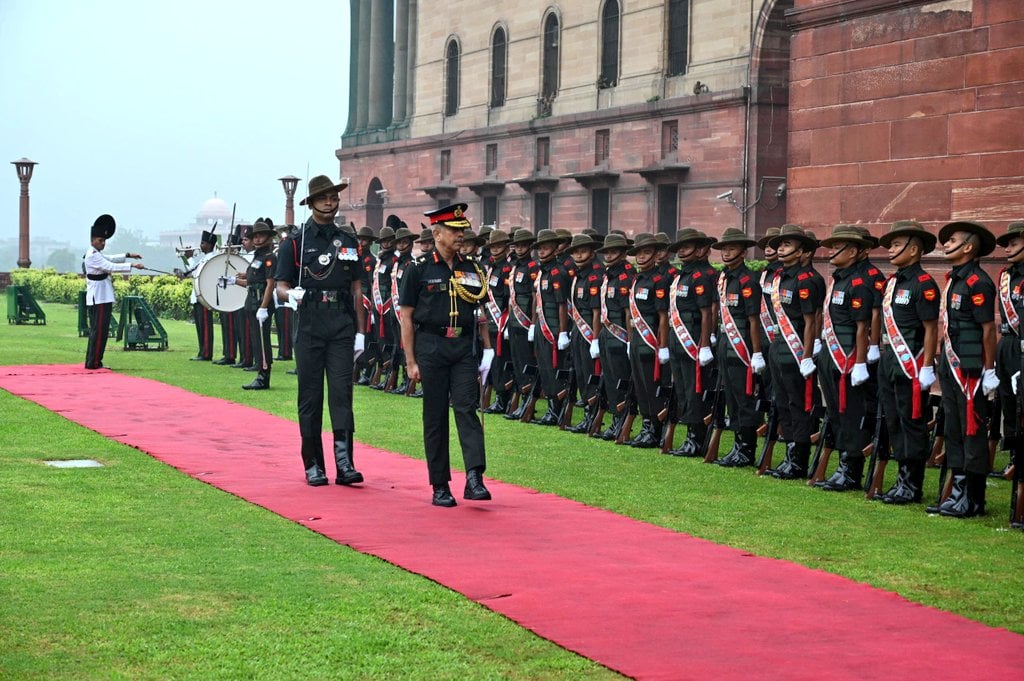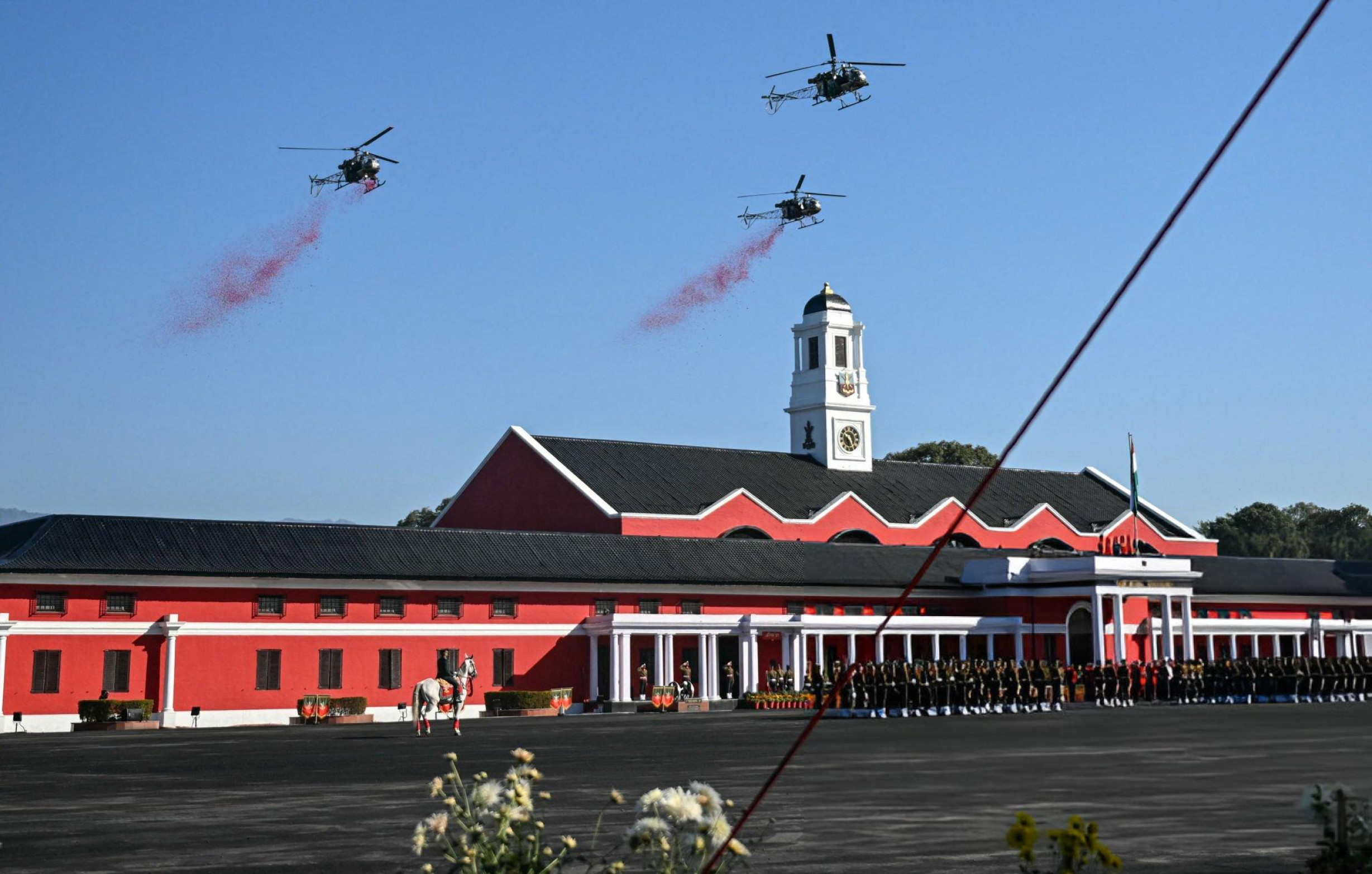Canada to Join UK and France in Recognising Palestine at UNGA
In a landmark shift in foreign policy, Canada has announced that it will formally recognise the State of Palestine at…
INS Himgiri Joins Indian Navy as GRSE Delivers Advanced Stealth Frigate
In a significant milestone for India’s naval defence capability, Garden Reach Shipbuilders and Engineers (GRSE) Ltd delivered INS Himgiri, a…
Lieutenant General N.S. Raja Subramani Retires After 39 Years of Distinguished Service in Indian Army
Lieutenant General N.S. Raja Subramani, the Vice Chief of the Army Staff, officially retired today after an illustrious and decorated…
10 Reasons You Should Join the Indian Military Academy
The Indian Military Academy (IMA), nestled in the serene foothills of Dehradun, is more than a training institution—it’s a gateway…
“I’m A Soldier Who Loves This Country”: Lt Colonel Purohit Speaks After Acquittal in 2008 Malegaon Blast Case
In a significant judgment, a special National Investigation Agency (NIA) court in Mumbai acquitted Lieutenant Colonel Prasad Shrikant Purohit and…
“Maybe They’ll Sell To India”: Trump Announces Massive Oil Partnership With Pakistan
Just hours after imposing steep tariffs on Indian imports, US President Donald Trump announced a new oil partnership with Pakistan,…






